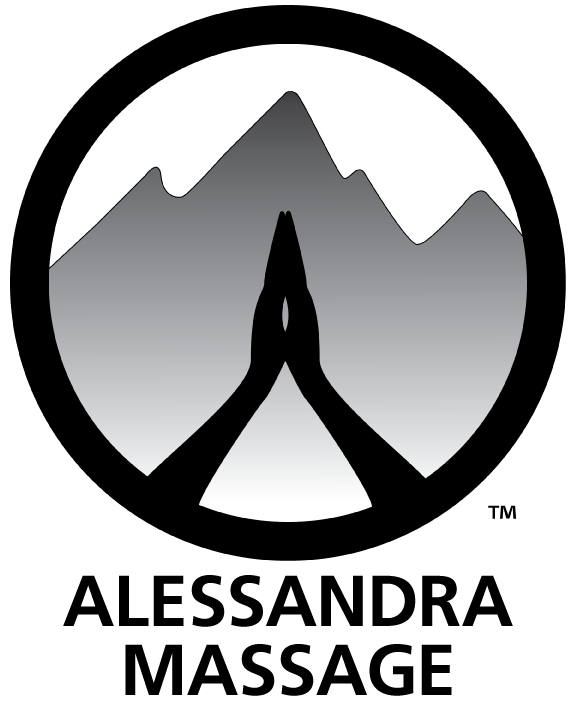Low Back Pain is Tricky to Assess
Low back pain can be a tricky symptom to assess; thankfully more often than not, the discomfort can be attributed to soft tissue tension and weakness, frequently traced to the deep and mysterious QL, or, quadratus lumborum. The QL is our deepest abdominal muscle, though easy to consider a back muscle due to its location and function. It is located under our superficial back muscles posteriorly, and under our superficial abdominal muscles and psoas anteriorly, where we bend at the waist. Aptly named, it is 4-sided, and attaches to the transverse processes of lumbar vertebrae L1-L4, as well as the iliac crest, or hip shelf, and twelfth rib. It fills the gap between our ribs and pelvis, providing a core stabilizing function. When it contracts, space between our ribs and hip is minimized. Known as the “hip hiker”, it elevates, or laterally tilts, the pelvis, laterally flexes (side-bends) and assists to extend the vertebral column (upright posture).
Weakness & Repetitive Motion
Muscular pain is generally caused by weakness, overuse and repetitive motion. I first noticed low back pain myself two decades ago while constantly touting a toddler on my left hip, a common complaint of mothers of young children. Acting as hip-hiker, the QL contracts to raise a helpful hip to set children upon! More recently, I noticed low back pain on my right side and began paying attention to my standing posture. I noted that my go-to position, while doing dishes, brushing teeth, or standing around, was to rest with all of my weight on my right leg, thus lifting the right hip and lowering the left. It doesn’t feel like work, but constantly contracts and constrains the higher side’s QL. Sitting, especially slouching, another perpetrator of low back pain, causes stagnation, weakening and tightening of the QL through continuous over-lengthening. Too much time doing nothing causes reduced blood flow and stiffness to this deep core muscle. Repetitive motions, especially at onset of seasonal activities, can cause the QL to feel angry too. Hiking, running, even cycling, calls upon the QL to tilt the hip with each step up. This time of year, I find low back pain in people who ski hard, especially on moguls. The constant bumping motion, hip flexion, and back-bracing, calls upon the QL, contracting on one side and the other, stabilizing and shock-absorbing.
Pain associated with QL stress doesn’t always present as discomfort in the QL itself, but can be felt as referred pain in the hips, gluteals, thighs, abdomen and sacroiliac joint. An imbalance in one area of the body affects its neighboring muscles, and theirs in turn, as all are bound together with inter-webbing connective tissue (fascia). Where there is asymmetrical misalignment in one muscle, others will sympathetically compensate for the dysfunction, and consequently misalign themselves. Through deep connective fascial lines, correlations are even found to exist between a tight QL and TMJ disorder, or chronic jaw misalignment. The hipbone is connected to the jawbone indeed.
Self Care - Stretching & Massage
Treating the quadratus lumborum can be as simple as a regular self care routine, depending on how chronic the dysfunction and how many other structures are involved. There are several wonderful stretches to open up the QL; which combined with palpation, can give relief. One of my favorite QL stretches is done from a standing position. To stretch the right side QL, lift the right arm up high overhead and to the left while reaching your right leg to the left, behind the anchored left leg. This stretch is a targeted side-bend, creating space between the right ribs and hip, and feels amazing. Self-massage techniques combined with stretches can often achieve a release. In my massage practice, clients are sometimes surprised at the intense sensation created when I access their QL, if it is a source of tension. It’s important to be careful when palpating the upper attachment of the QL with the lowest rib, as we come into close proximity with the kidneys. Addressing the QL and surrounding muscular tension in the abdominal and lower-body region through massage can be an effective starting point for tackling low-back pain.


